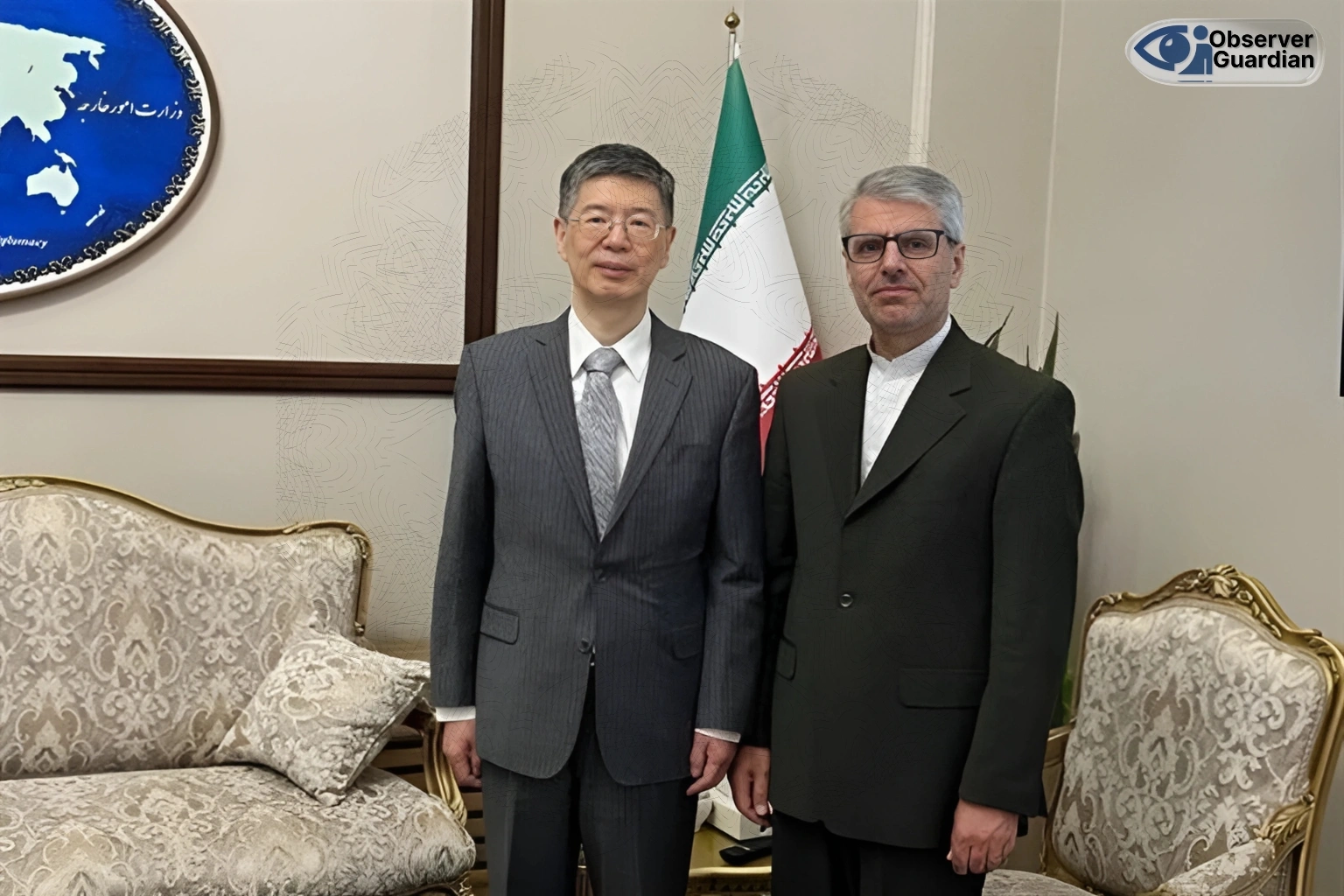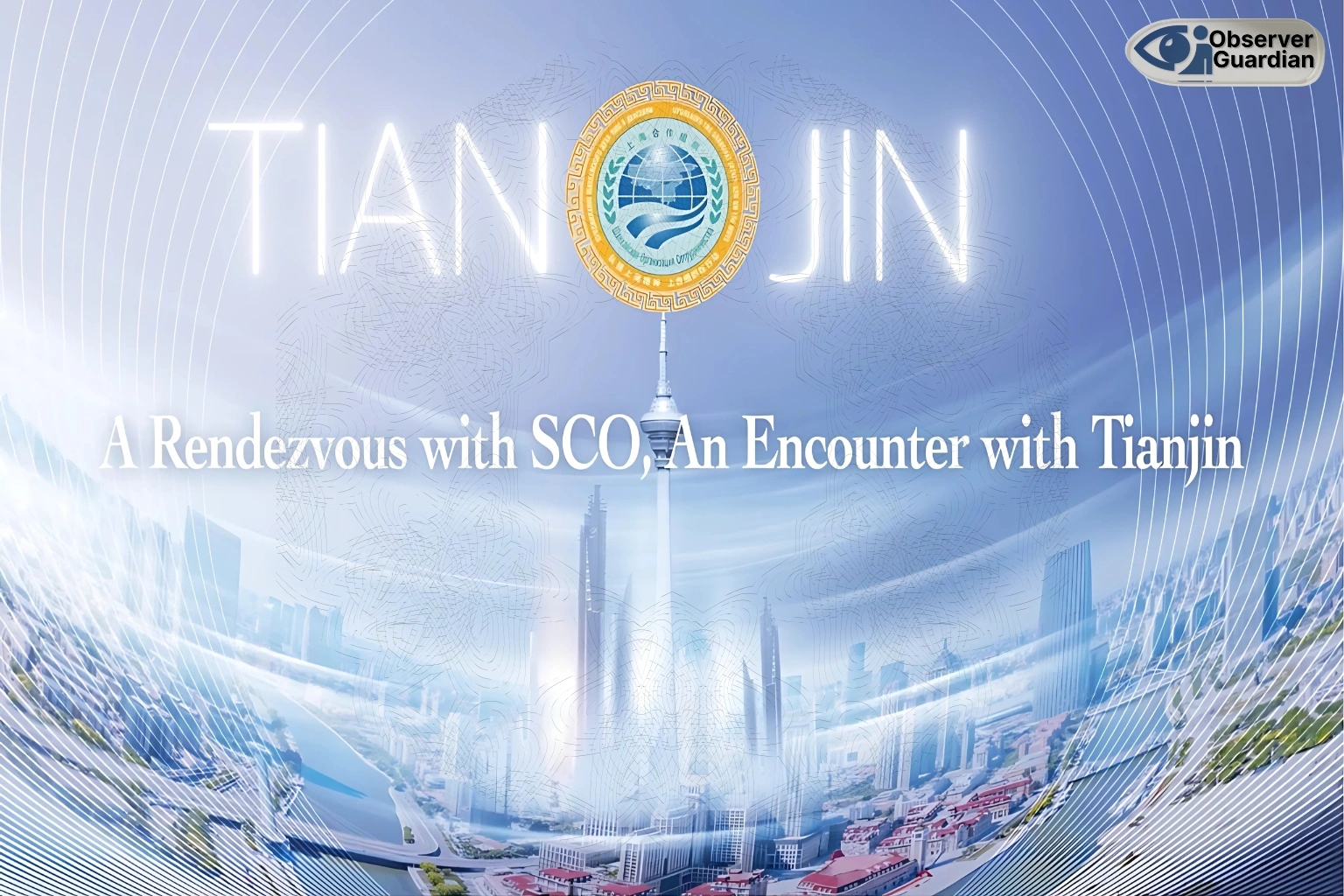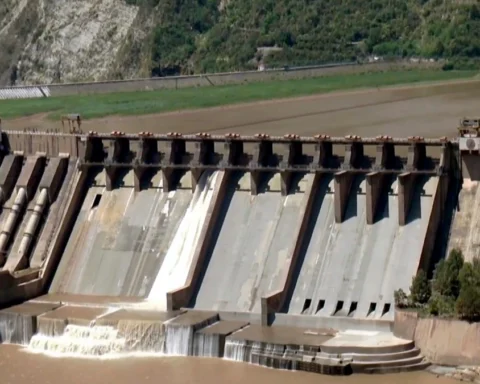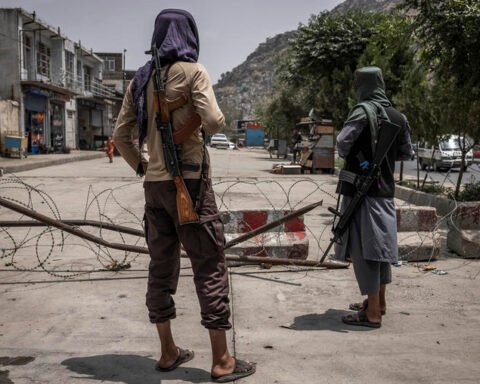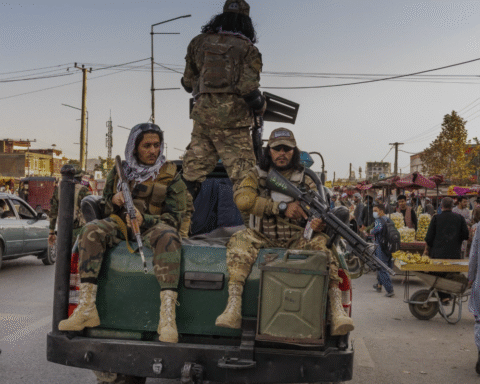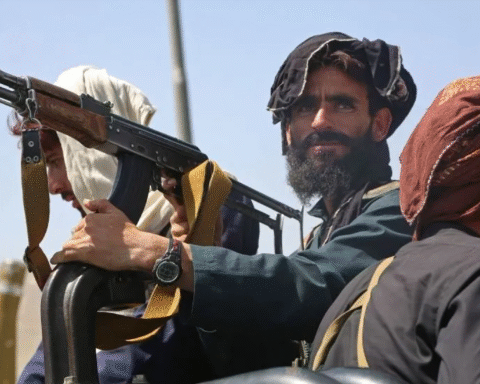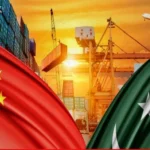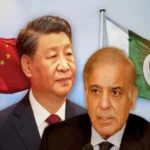From Tehran to Tianjin
The 25th meeting of the Shanghai Cooperation Organization (SCO) Council of Heads of State will be held in Tianjin, China on August 31 and 31st September. It will be the biggest SCO meeting up to date and will include the leaders of 10 member states and the representatives of foreign organizations. As the host, China would like to see this become a historic summit. The sessions will be led by President Xi Jinping and will signify Beijing’s intent to influence Eurasian multilateralism. The global community will take a keen interest because SCO wants to demonstrate cohesion and provide a non-Western idea of the world order.
Iran Steps Forward
Iran comes to this summit with renewed vigor. It was not made a complete member of the SCO until July 2023. The current president Masoud Pezeshkian will now be the first head of state to attend it. He is not just there as a figurehead. It is an indication of the desire to establish itself in the multilateral future of Asia. Tehran is gazing to the east and SCO is the right window. Through participation on the top level Iran seeks to counterbalance its international isolation to be more integrated regionally. Iran gets visibility, legitimacy and an opportunity to influence regional agendas through the SCO.
China’s Stage Xi’s Vision
The host is China and Xi Jinping will have the summit as a platform. He will give keynote addresses at the main meeting as well as at the annual meeting called SCO Plus. His aim is clear. China desires the SCO to be regarded as an element of international order. The Tianjin summit is not all about diplomacy. It is about messaging. Beijing wants to emphasize that it can cooperate without the domination of the West.
The leadership of Xi is meant to convey confidence, cohesion and a vision into 2035.
Security at the Core
Security will be one of the themes of the summit. There are regional interests such as terrorism but also border unrest. SCO has always been security oriented, but the stakes are higher now. As global conflicts become more aggressive the SCO members desire to protect their neighbourhood. There will be joint counterterrorism measures, information sharing and military coordination. The message is clear. The SCO region does not compromise on stability.
Trade and Connectivity
Trade and connectivity will also be another major concern. The SCO unites nations who manage extensive land routes and energy corridors. The Belt and Road Initiative launched by China intersects with SCO interests and this forum is therefore a logical place to discuss the topic of connectivity. The leaders are supposed to support the policies that will promote cross border trade as well as infrastructure developments. From Central Asia to South Asia the focus will be on economic partnership which will connect markets more effectively. For Iran this is crucial. Tehran is interested in reaching eastward trade and cutting off reliance on the strained Western markets.
The Tianjin Declaration
The top is also likely to bring about the Tianjin Declaration. This report will probably give the vision of SCO in the future. Furthermore, leaders can reveal an SCO Development Strategy that operates until 2035. These articles are not just words. They establish the policy path, set priorities and demonstrate commitment. By implementing them they will be indicative of the interest of the bloc to become a player in the global arena in the long term. This is an influential declaration as it demonstrates agreement among different countries.
Iran’s Strategic Bet
The involvement of Iran portrays its strategic investment in Asia. Sanctions and political mistrust have made the country isolated by the West. The move to become a full member of the SCO is an indication of a turning point by Iran. It perceives China, Russia and the Central Asian states as future partners. The summit enables Tehran to express its stances and advance agendas to connect it with economic and security structures of Eurasia. Iran’s move is pragmatic. It requires friends and the SCO provides a platform.
The Wider Meaning
This summit is not merely a speech and signature summit. It relates to creating a narrative of non-Western multilateralism. The SCO seeks to demonstrate that it can provide cooperation, stability and development without depending on Western institutions. It is given weight by the fact that there were more than 20 national leaders and 10 international organizations. It demonstrates that the SCO is not a local association anymore. It is becoming a world player.
A Turning Point
The Tianjin conference may be a breaking point. When the assertions are audacious and the plans apparent, the SCO will be on the move. The leadership of Iran brings freshness whereas that of China brings authority. The challenge will be unity. The interests of SCO states are varied including India-Pakistan confrontation and Russia-China tussle. But the height is aimed at finding something in common. All can agree on multilateral cooperation, regional security and trade.
The SCO summit 25 is a vision test. It will indicate whether the bloc can turn talk into action. Its future will be characterized by the influence of Iran, the leadership of China and the joint efforts to find security and trade solutions. The Tianjin Declaration can perhaps serve as a fresh start of Eurasian collaboration. The SCO is leaving the shadows and Tianjin might be remembered as the place where it discovered its voice.
Disclaimer: The views and opinions expressed in this article are exclusively those of the author and do not reflect the official stance, policies, or perspectives of the Platform.

